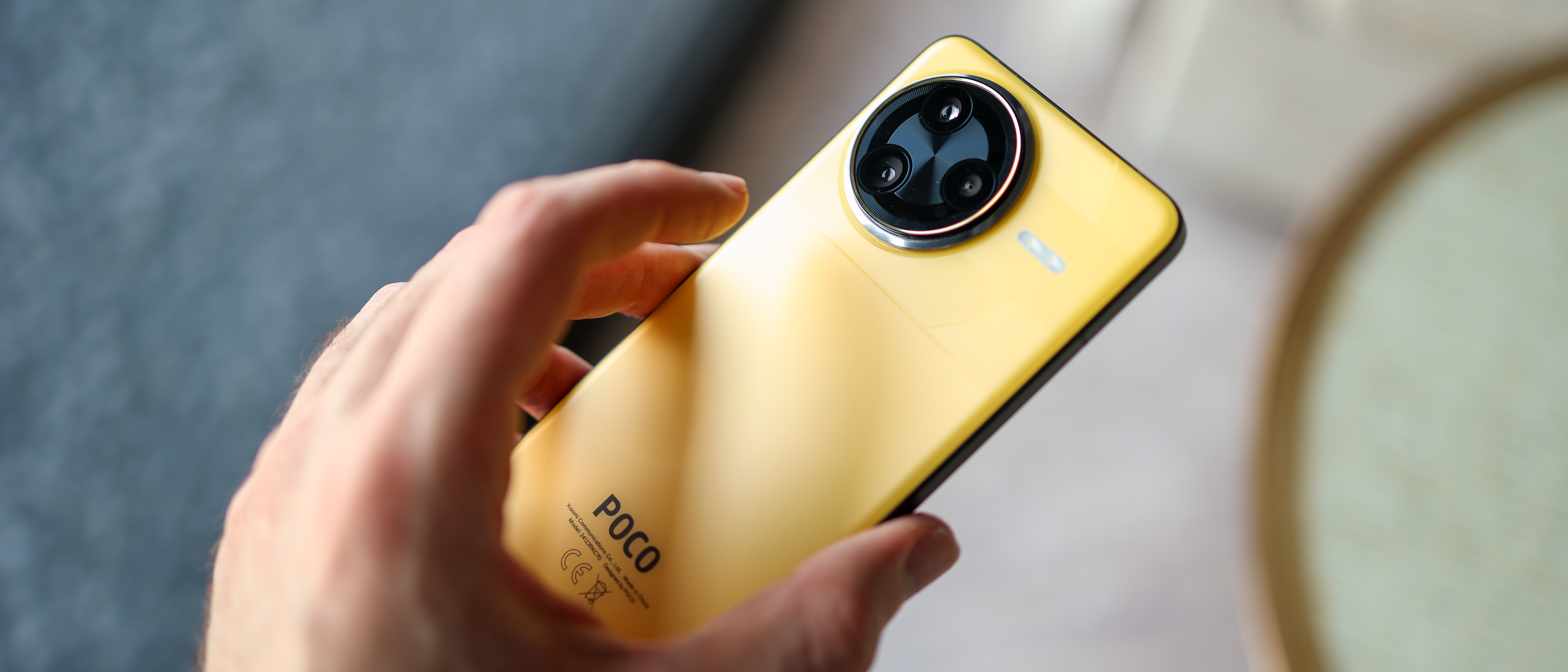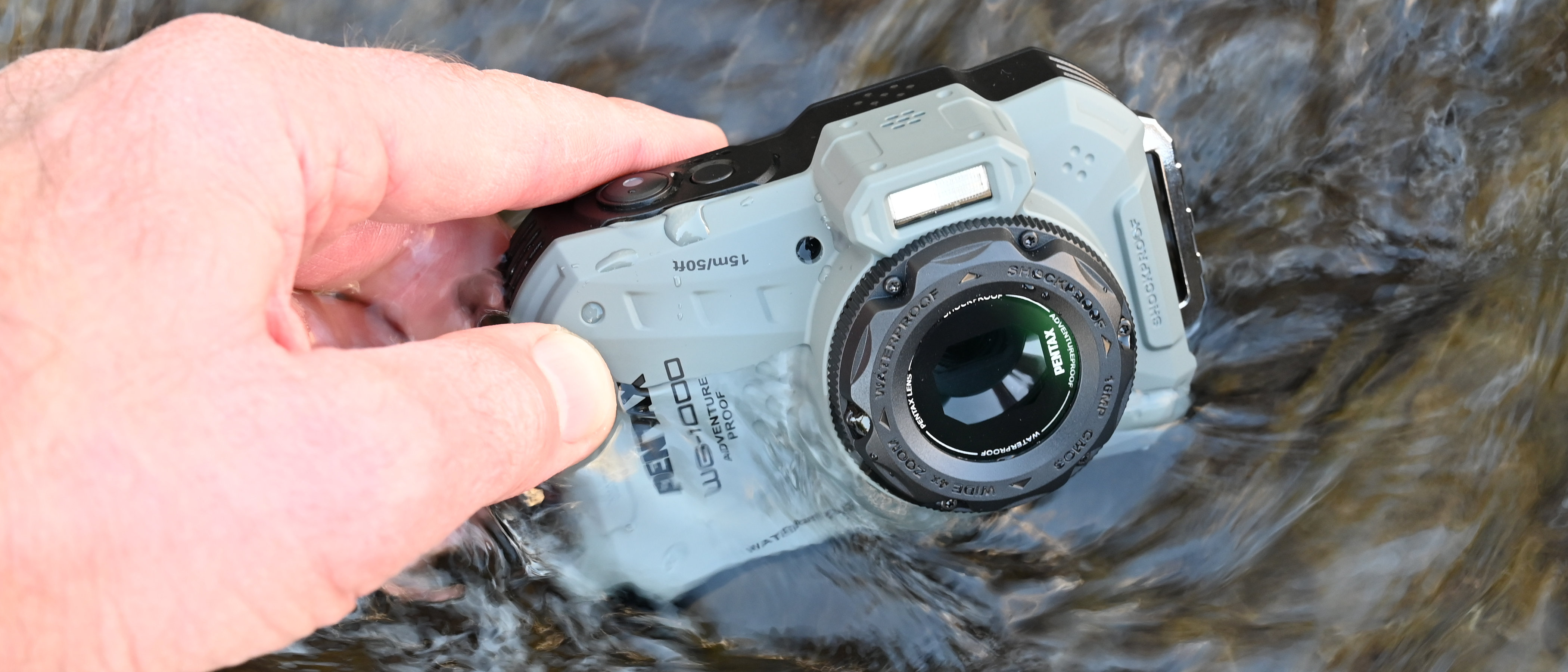Digital Camera World Verdict
The Poco F7 Ultra is crammed with value. Its design feels solid, its screen is very good, it packs near-gaming phone levels of power, and the camera is more versatile than established competition like Samsung's Galaxy S25 and the Google Pixel 7, thanks to a telephoto with telemacro focus. There are caveats – no eSIM, no RAW capture, and some heavy-handed photo processing – but even accounting for drawbacks, the F7 Ultra delivers a huge amount while undercutting alternatives.
Pros
- +
Impressive camera for the price
- +
Class-leading gaming performance
- +
Fast memory and plenty of storage
- +
Fast wired and wireless charging
Cons
- -
Overzealous photo processing
- -
No RAW capture
- -
No 4K from ultra-wide camera
- -
No eSIM support
Why you can trust Digital Camera World
The Poco F7 Ultra is arguably the most important Poco phone to date. While Poco, a Xiaomi brand, is typically known for low-cost gaming power and exceptional specs for a budget price – Poco's X7 Pro is a prime example – the F7 Ultra shakes things up. In addition to carrying forward the line’s trademark value, it adds a quality camera mix, fast wired and wireless charging, plus top-tier 2025 flagship power, and charges more than any Poco phone before it.
Focusing on the F7 Ultra’s camera, on paper, it competes with some of the more affordable flagships like the OnePlus 13R and Samsung Galaxy S25. It has a similar wide, ultra-wide and telephoto setup, and with its glass and metal design, it feels premium too.
Despite being the priciest Poco around, the F7 Ultra still undercuts its main rivals, while arguably offering more, especially in the zoom department. Sure, its 2.5x zoom, 60mm equivalent focal length won’t win any prizes, but thanks to telemacro focus, it’s more versatile than most, and Poco also appears to have upped its photo processing for its F7 series too.
Could the Poco F7 Ultra mark a new age for the line and climb the ranks to become one of the best Android phones for photographers?
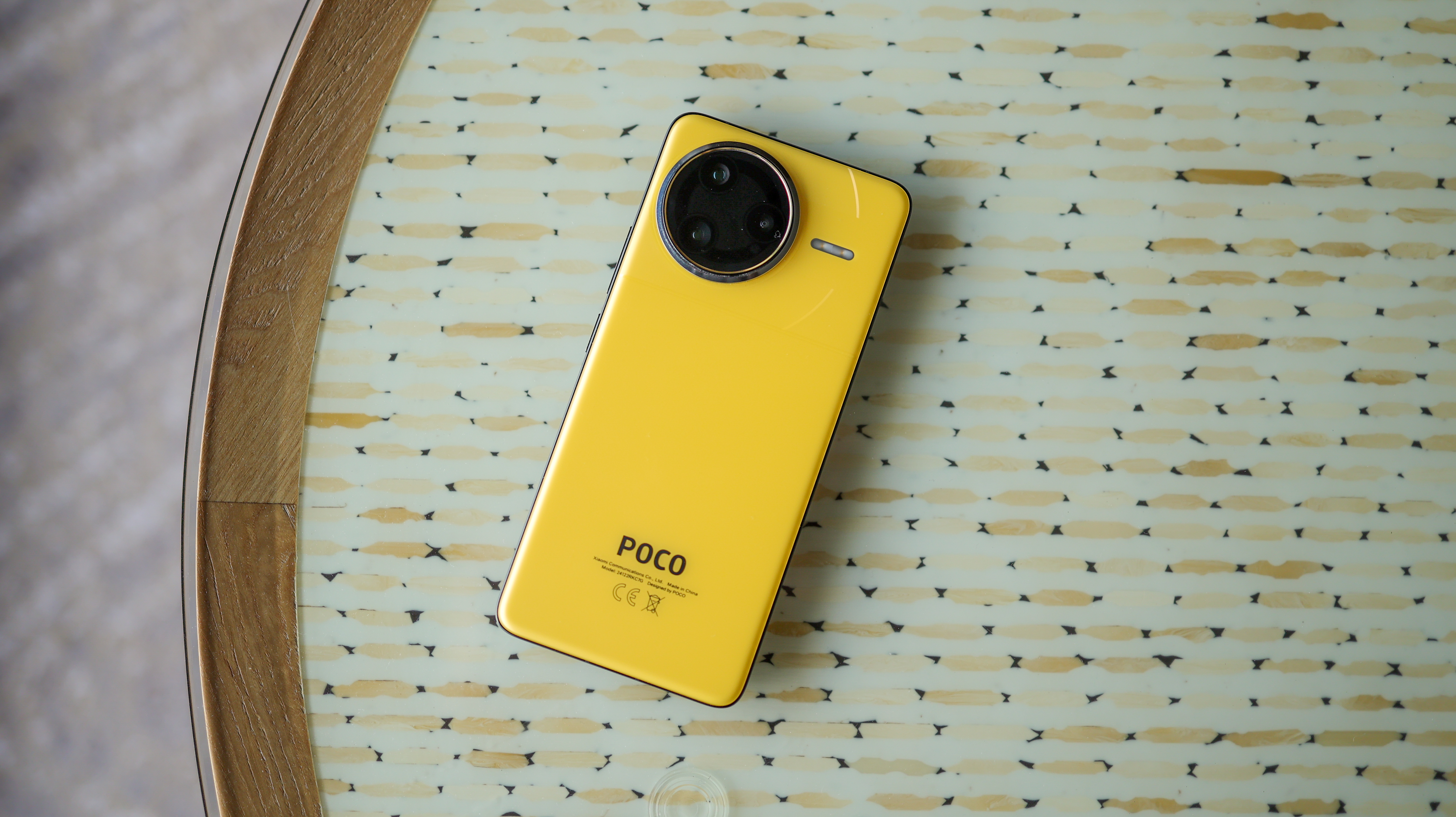
Poco F7 Ultra review: design and screen
Available in two colors, black and yellow, the Poco F7 Ultra is an interesting mix of Poco and something altogether more premium. We tested the yellow version, and it has glyphs around the camera that take us back to Poco’s performance roots – big gamer energy – but the metal frame, glass back that rounds in at the sides and the frosted finish elevates the in-hand feel nicely.
The F7 Ultra doesn’t feel too big. It’s 8.39mm thick and 212g, which is chunkier than many phones on the scene, but smart design ensures it still feels elegant, more so than the slimmer, lighter Galaxy A56 5G, for example. This is partly down to the frame, which rounds into the glass, and because the phone’s well-weighted.
The circular camera ring around the back is off-center, has a gold accent, and strikes a middle ground between being a focal point and not making the phone top-heavy. The F7 Ultra is also IP68 water and dust resistant, ships with a case in the box, and the display glass is Poco Shield Glass.
While the F7 Ultra isn’t the best-looking phone around, and we prefer the black model owing to the slightly muted yellow of the version we tested – the OnePlus 13 and Xiaomi 15 Ultra, both edge ahead on style – it’s still a rich-feeling, good-looking phone and a step in the right direction for Poco.
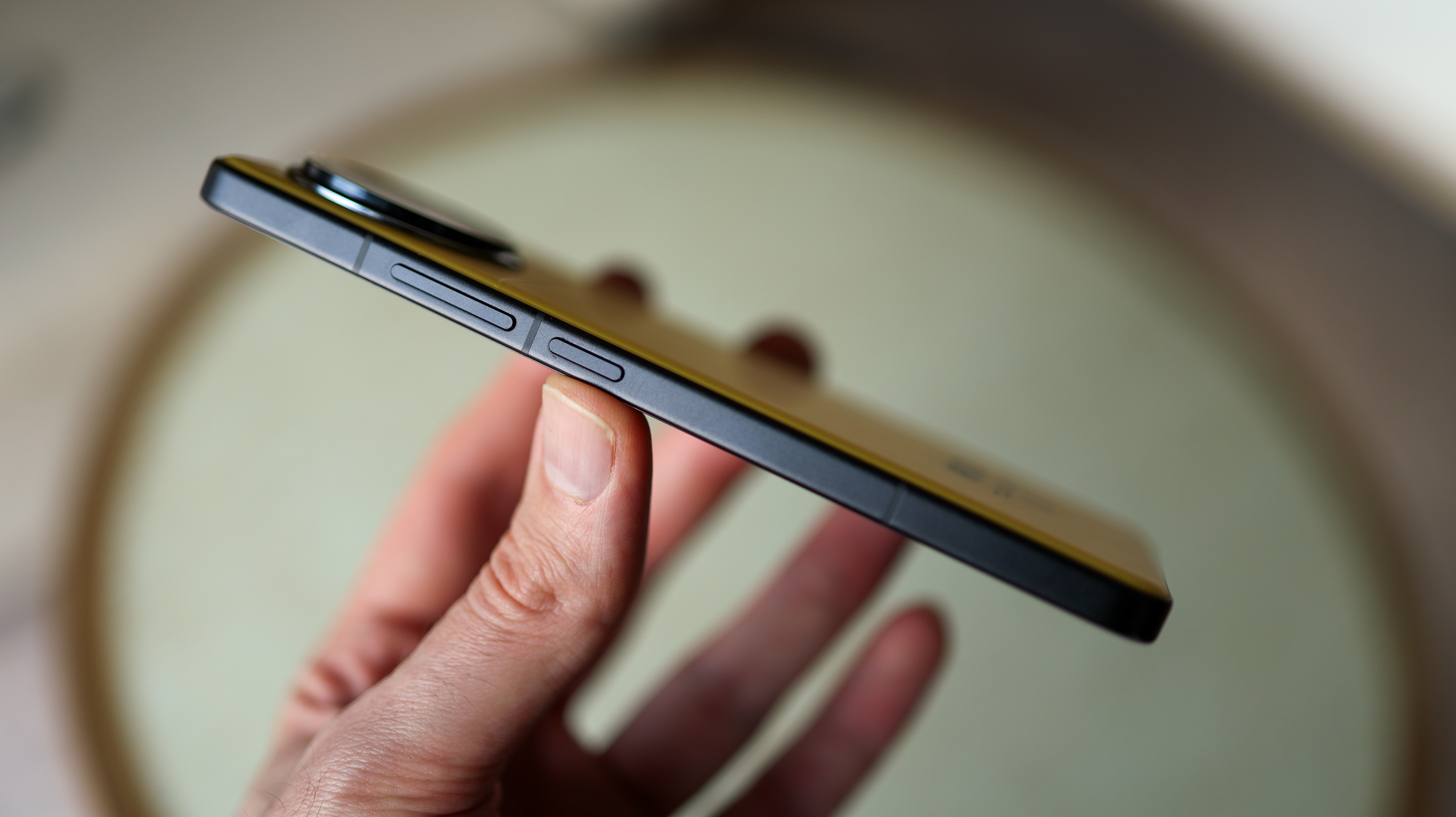
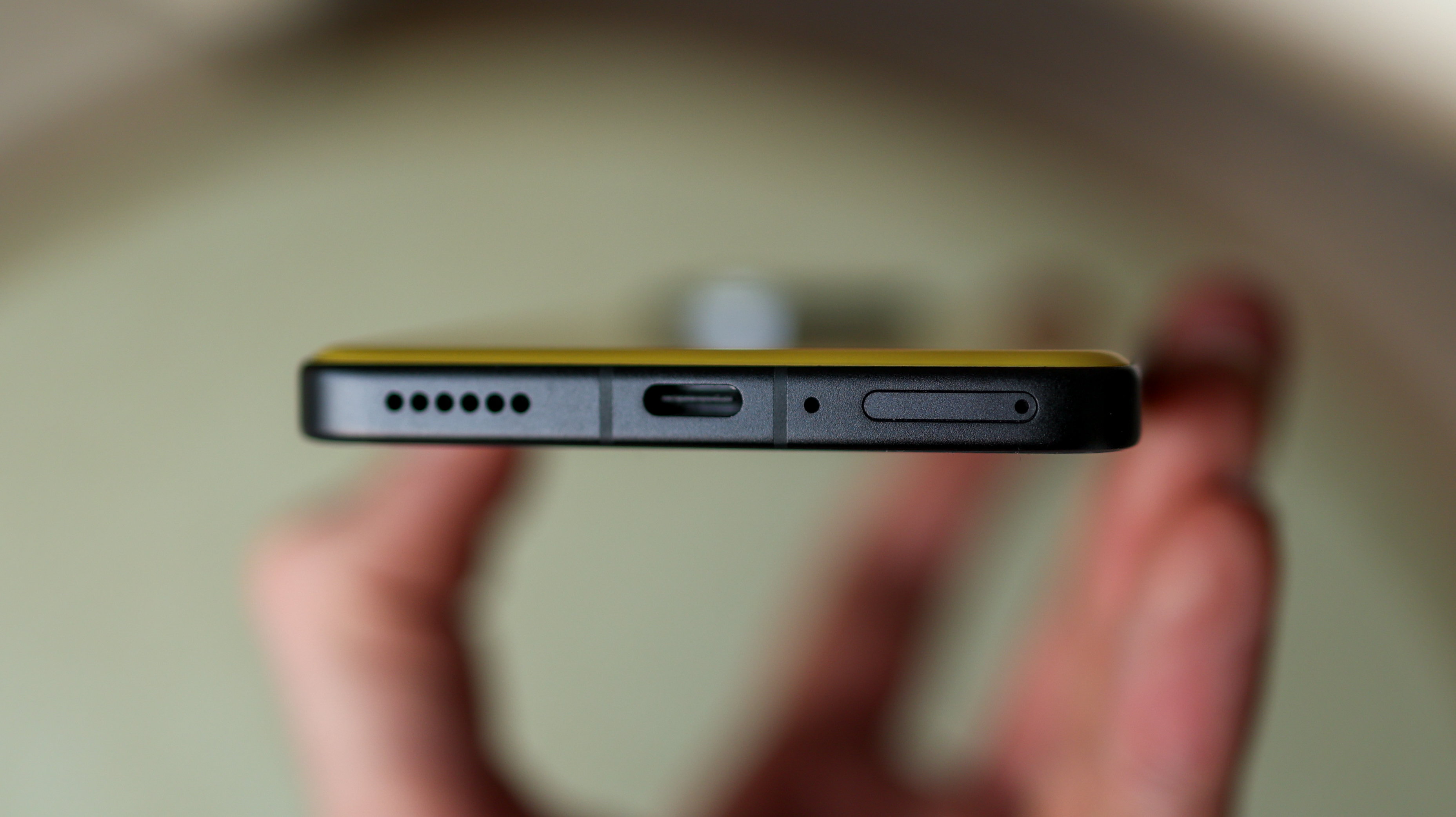
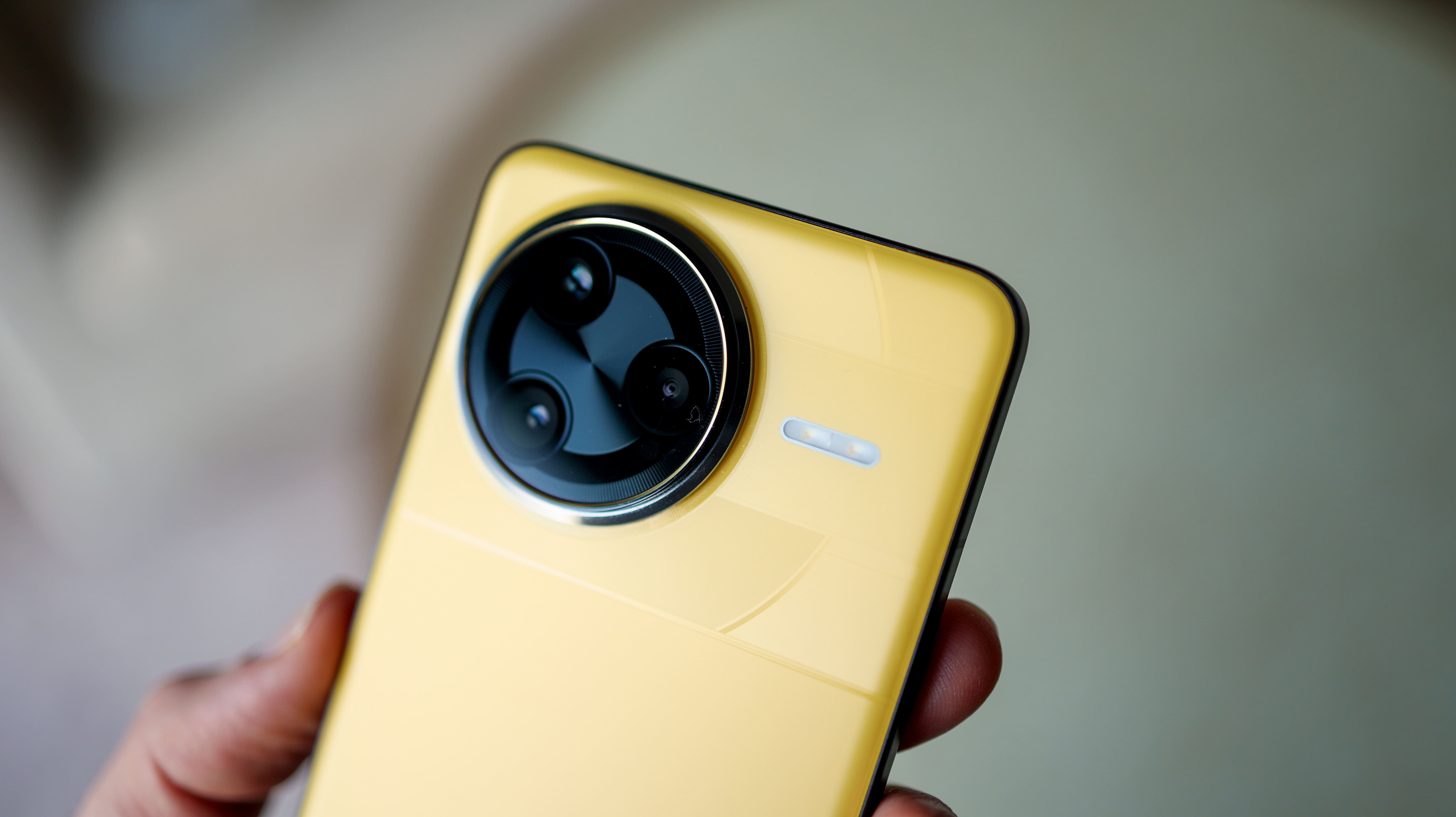
If you’re waiting for a weak link, the Poco F7 Ultra’s screen isn’t it. It measures a comfortably immersive 6.67 inches, packs pin-sharp 2K resolution, and a great-looking picture courtesy of a Samsung AMOLED display.
Poco has crammed more pixels in than we’d expect, with the 3200 x 1440 resolution panel squeezing 526 pixels in every inch of screen. By default, it displays at Full HD to save power, but you can ramp up the resolution in the settings.
The F7 Ultra is as smooth as you’d expect with a 120Hz refresh rate, and it’s also bright, too, at up to 1800 nits when in direct sunlight, peaking at 3200 nits when playing back HDR content. It’s also great to see Netflix HDR certification out of the box, and a sky-high contrast ratio of 5,000,000:1 for plenty of depth.
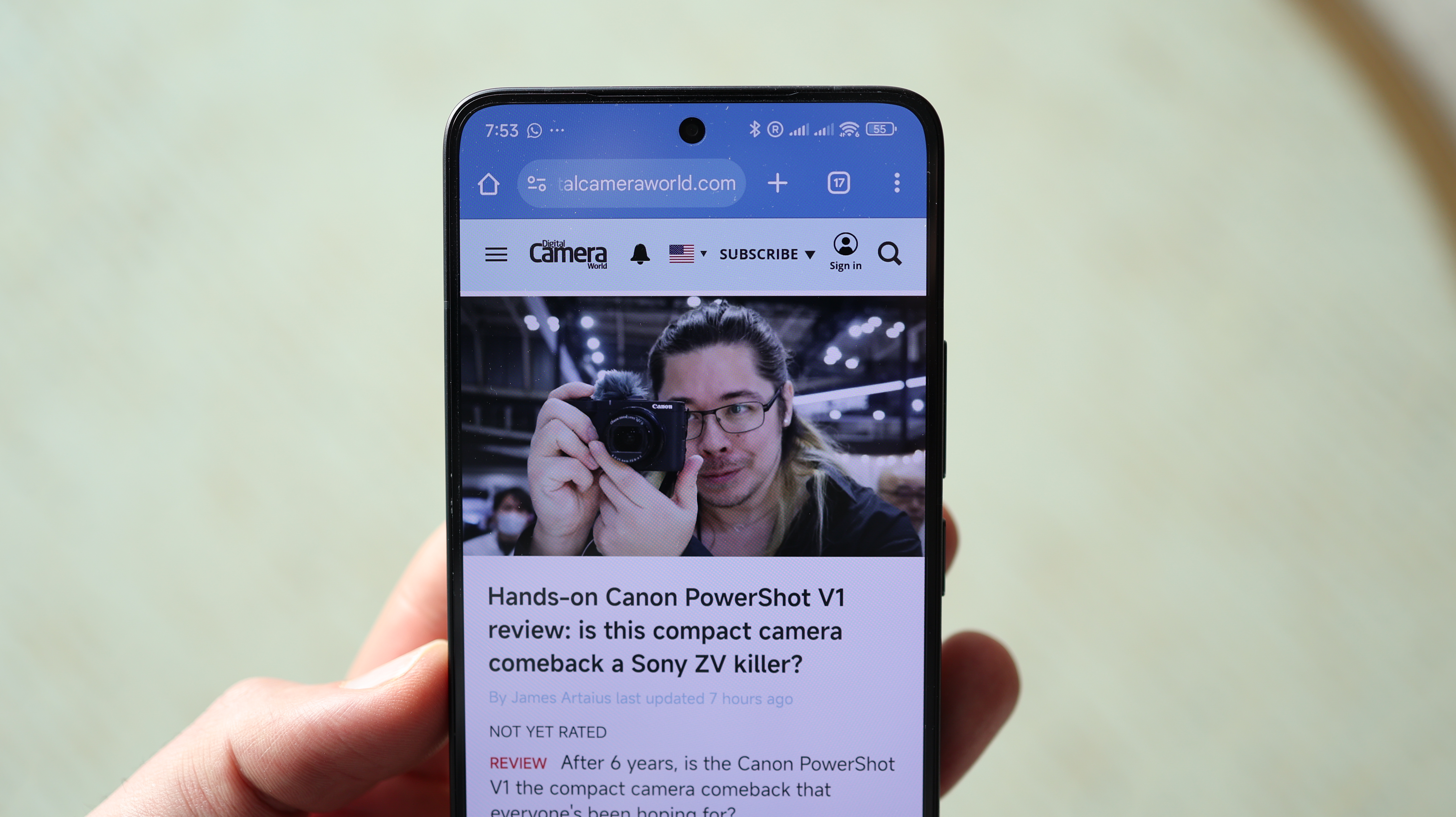
Another welcome touch is an ultrasonic in-display fingerprint scanner – typically reserved for flagships – making it quicker to unlock with a tap, and we’re also fans of Xiaomi’s eye care and screen customisation options, all of which make their way to the Poco F7 Ultra.
Poco F7 Ultra review: camera specs
Possibly the most impressive aspect of the Poco F7 Ultra is its suite of cameras. Not because any individual camera is particularly standout, but because none are especially bad at the price. This edges the Poco F7 Ultra’s camera experience beyond that of established alternatives like the Galaxy S25, iPhone 16 and iPhone 16e, which is impressive considering Poco’s lack of camera heritage.
24mm wide camera: 50MP resolution, Light Fusion 800 1/1.55-inch sensor, f/1.6 aperture lens with OIS.
60mm telephoto camera: 50MP resolution, 1/2.76-inch sensor, f/2.0 aperture lens with OIS and 10cm nearest focus distance.
15mm ultra-wide camera: 32MP resolution, f/2.2 fixed-focus lens with 120º field of view
24mm front camera: 32MP resolution, f/2.0 fixed-focus lens.
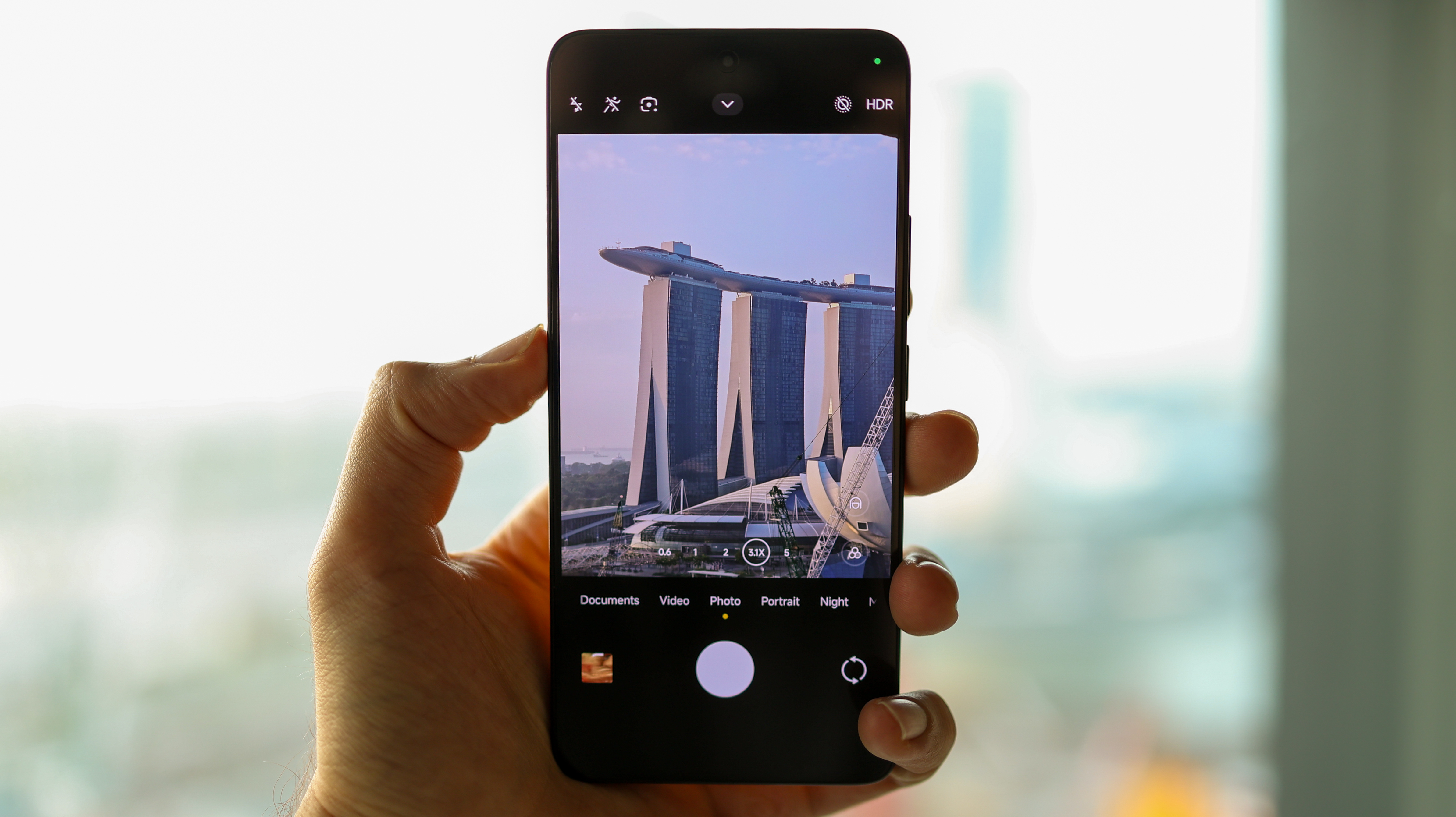
There are some drawbacks to the F7 Ultra’s camera. The ultra-wide lacks AF, so it can’t lock on to nearby subjects, and the camera also misses out on RAW capture. The ultra-wide AF situation isn’t a big deal, pricier camera phones like the S25 and Xiaomi 15 miss out on it, but the lack of RAW capture is a bigger deal, especially if Poco wants to be taken seriously for photography. On the plus, it’s good to see Log video accessible through Pro mode.
Poco F7 Ultra: camera verdict
If you’ve used a Poco phone before, you might have noticed Poco photos look ultra-vibrant. Skies are extra blue, grass is very green, and shots are generally loaded with punch. The first win for the F7 Ultra is that Poco seems to have pared back its trademark punch ever so slightly for its first Ultra-phone. Interestingly, the live preview is old Poco, ultra-vibrant, but when the photos are processed out, it subdues colors slightly to pull together a more mature photo. Don’t get us wrong, the results are still boosted, but less so than we’ve come to expect from the brand.
In bright environments, the F7 Ultra grabs crisp shots between 0.6x and around 10x, which is impressive for its price and positioning, with the ultra-wide camera being the softest of the bunch. In middling light, that zoom range caps out to around 6x, and in low light, you can get a decent 3x shot. While we often complain about AI-enhanced zooms, the F7 Ultra’s is one of the better implementations, sharpening things up without totally transforming them.
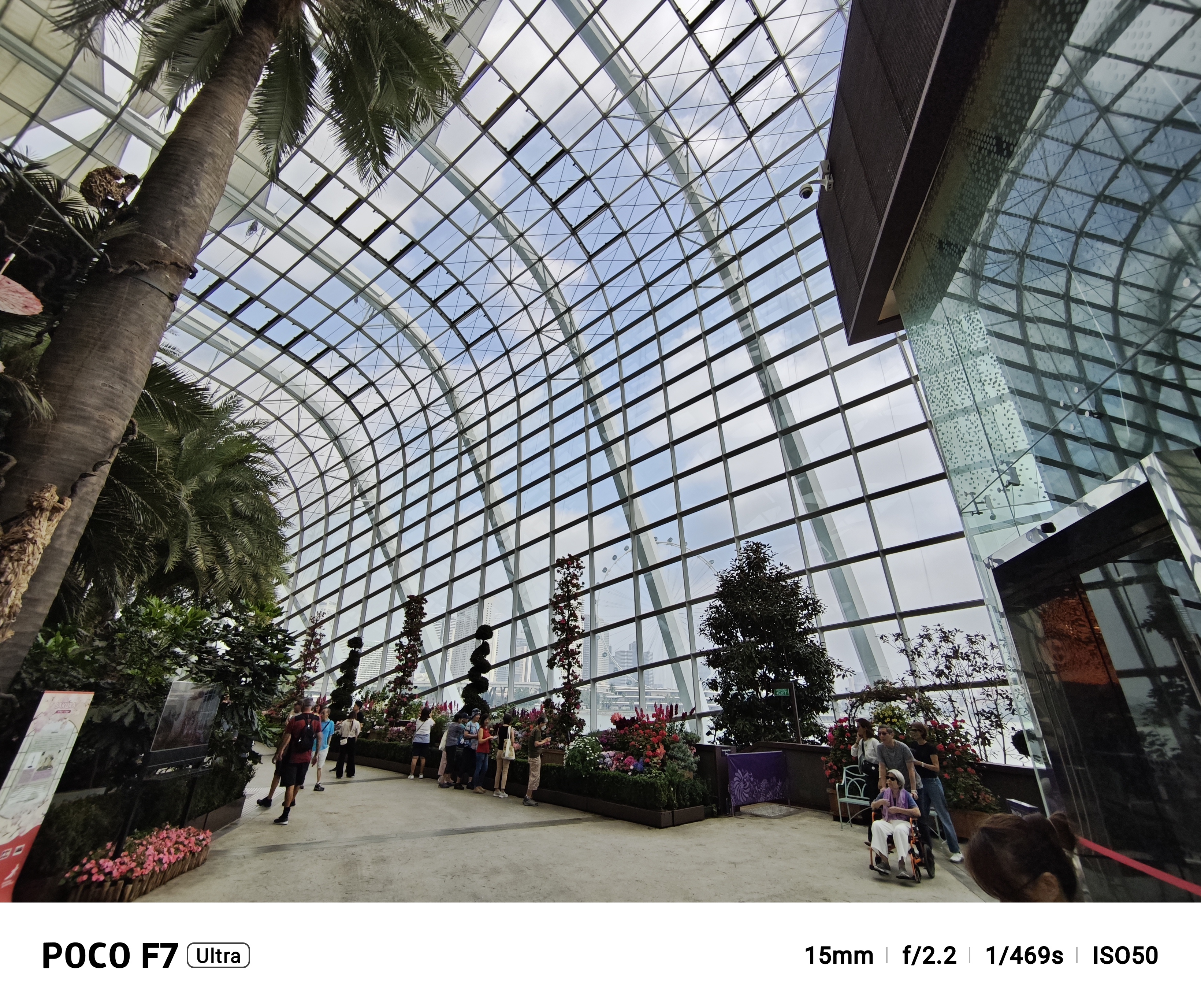
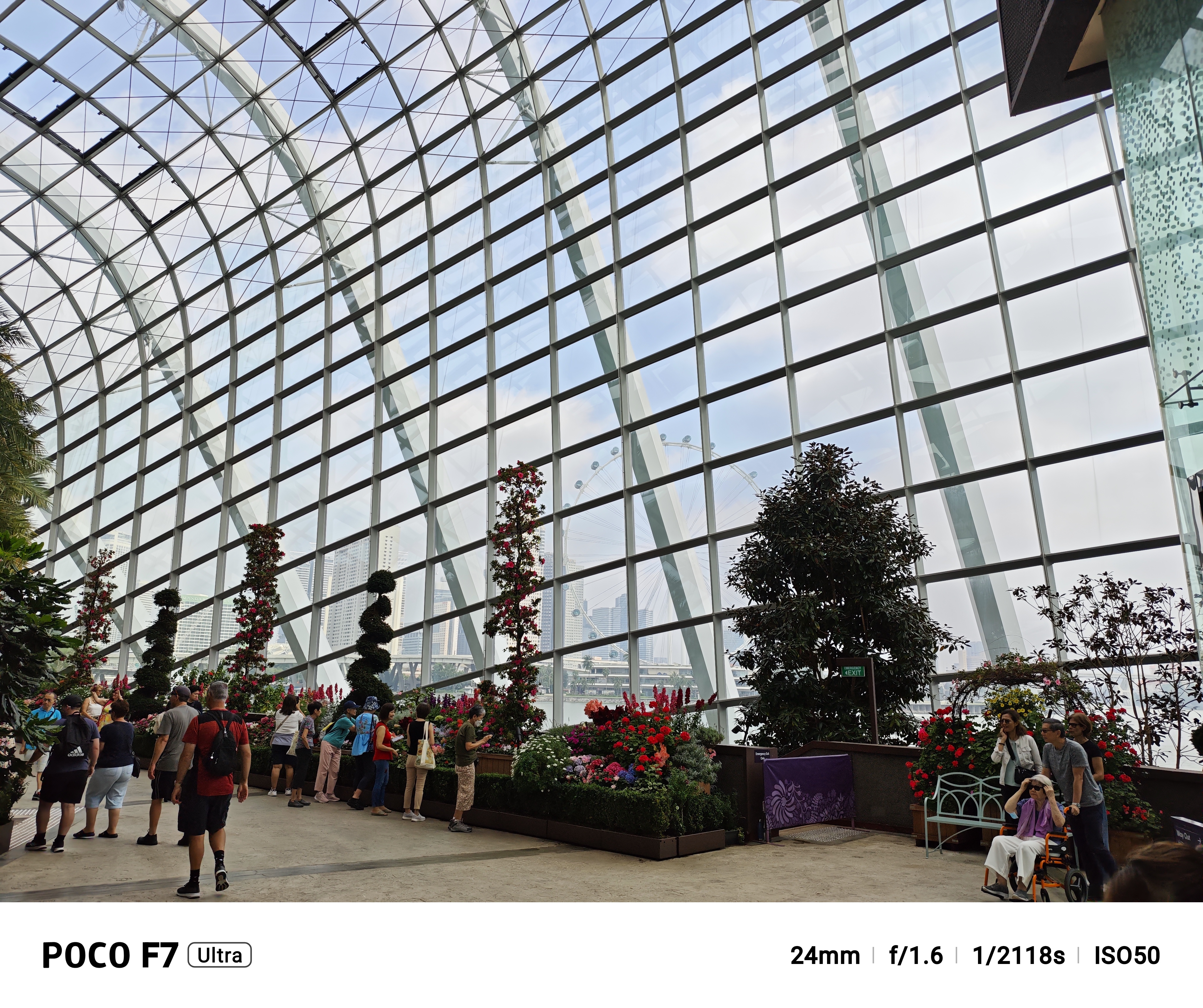
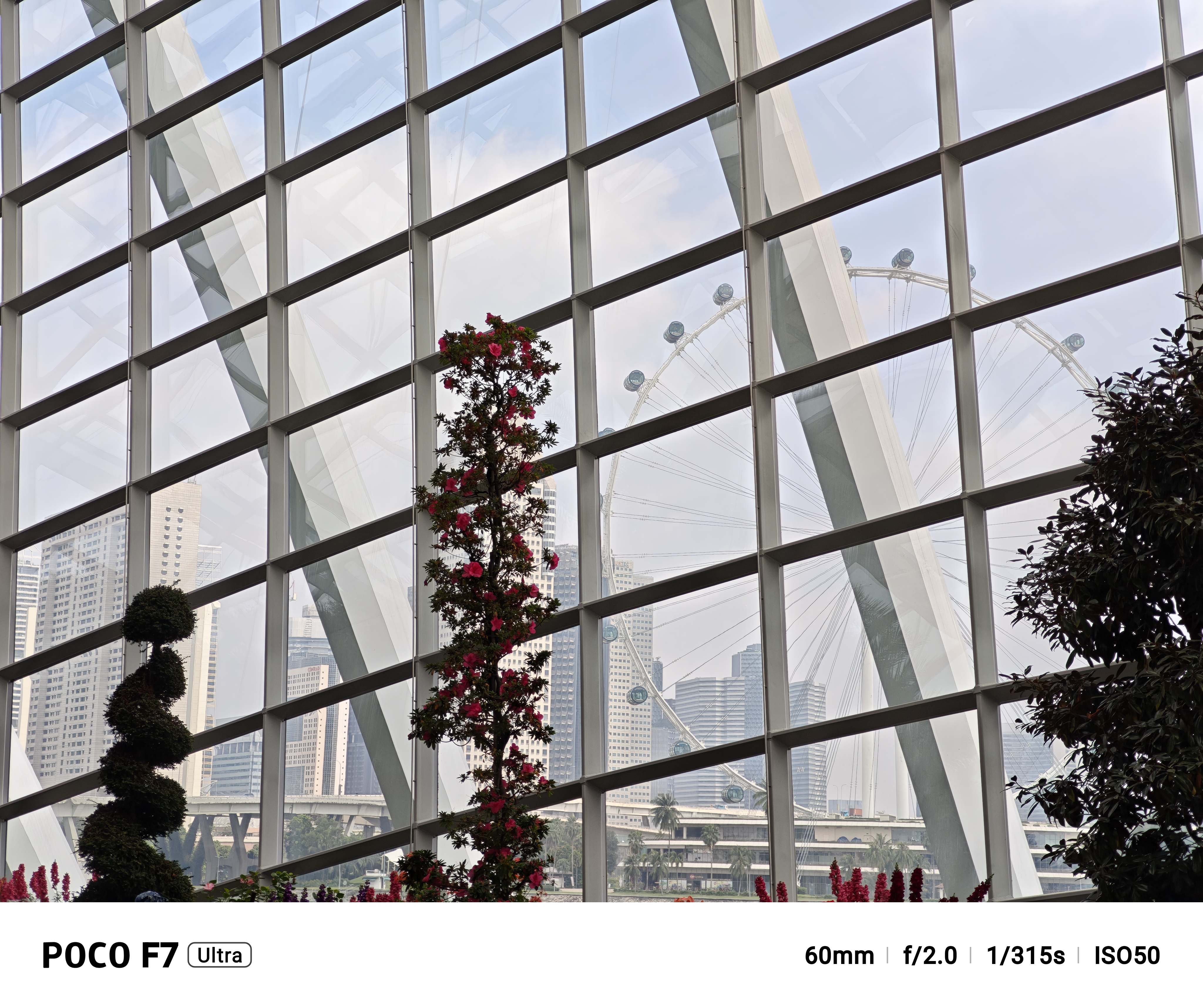
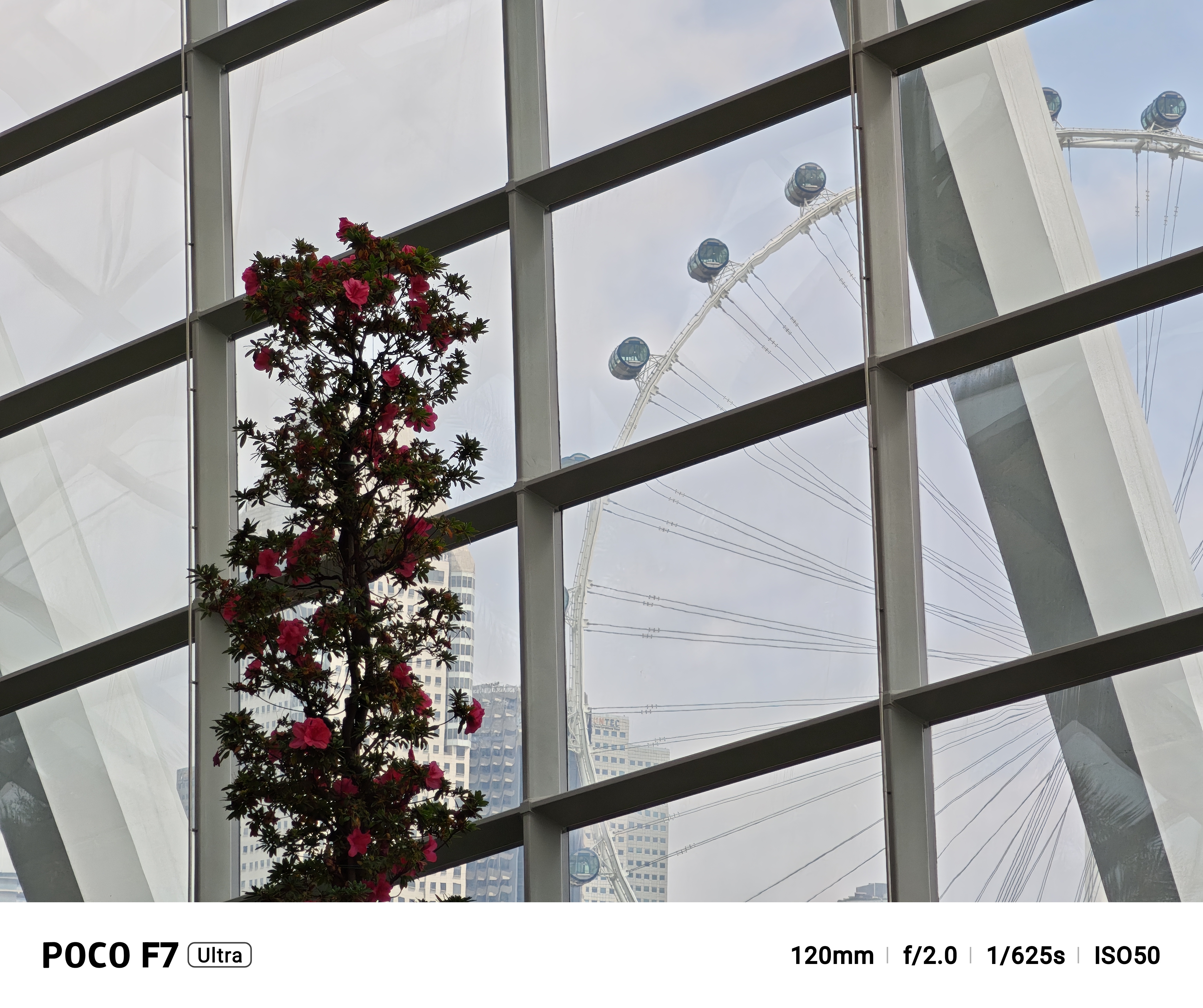
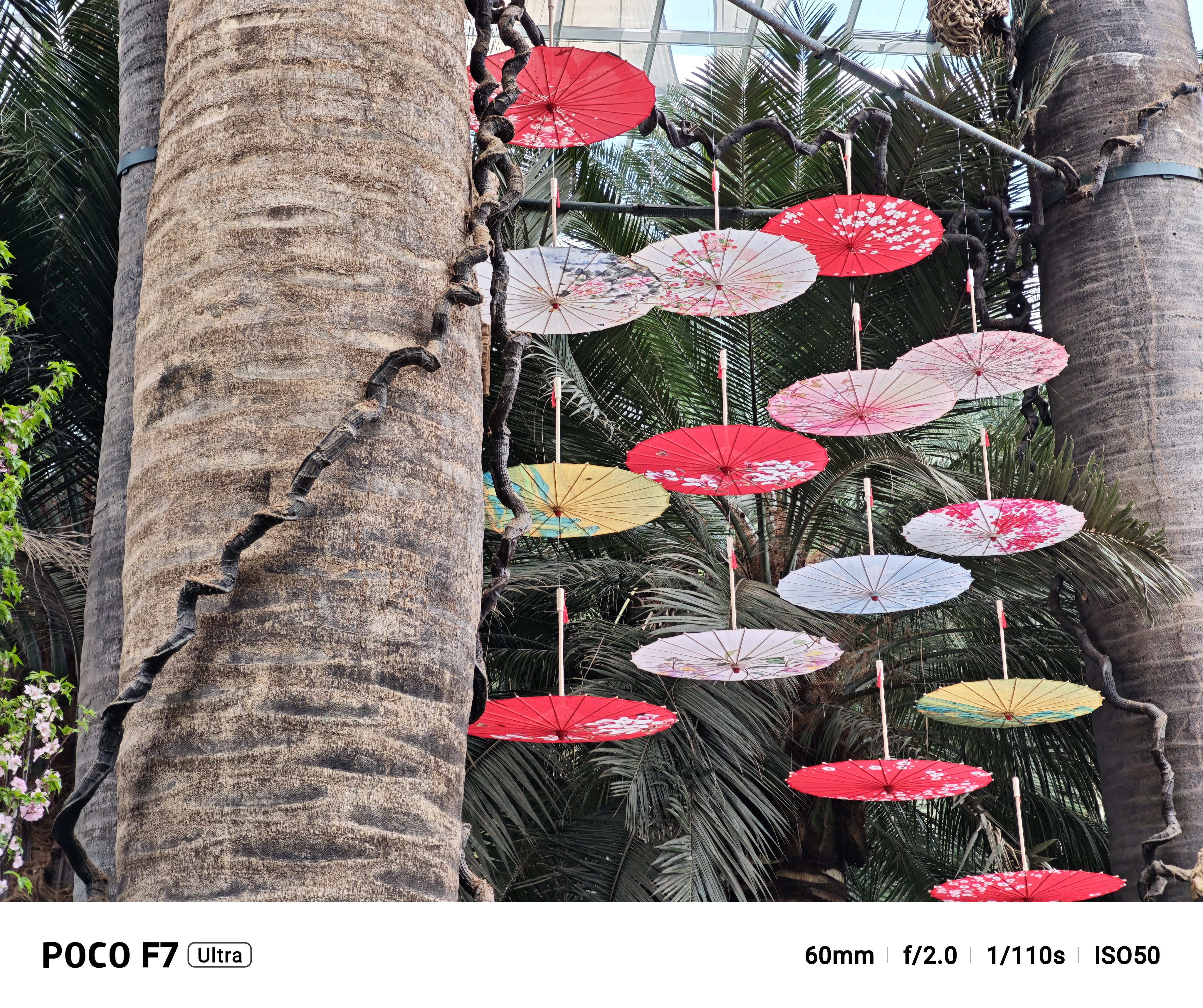

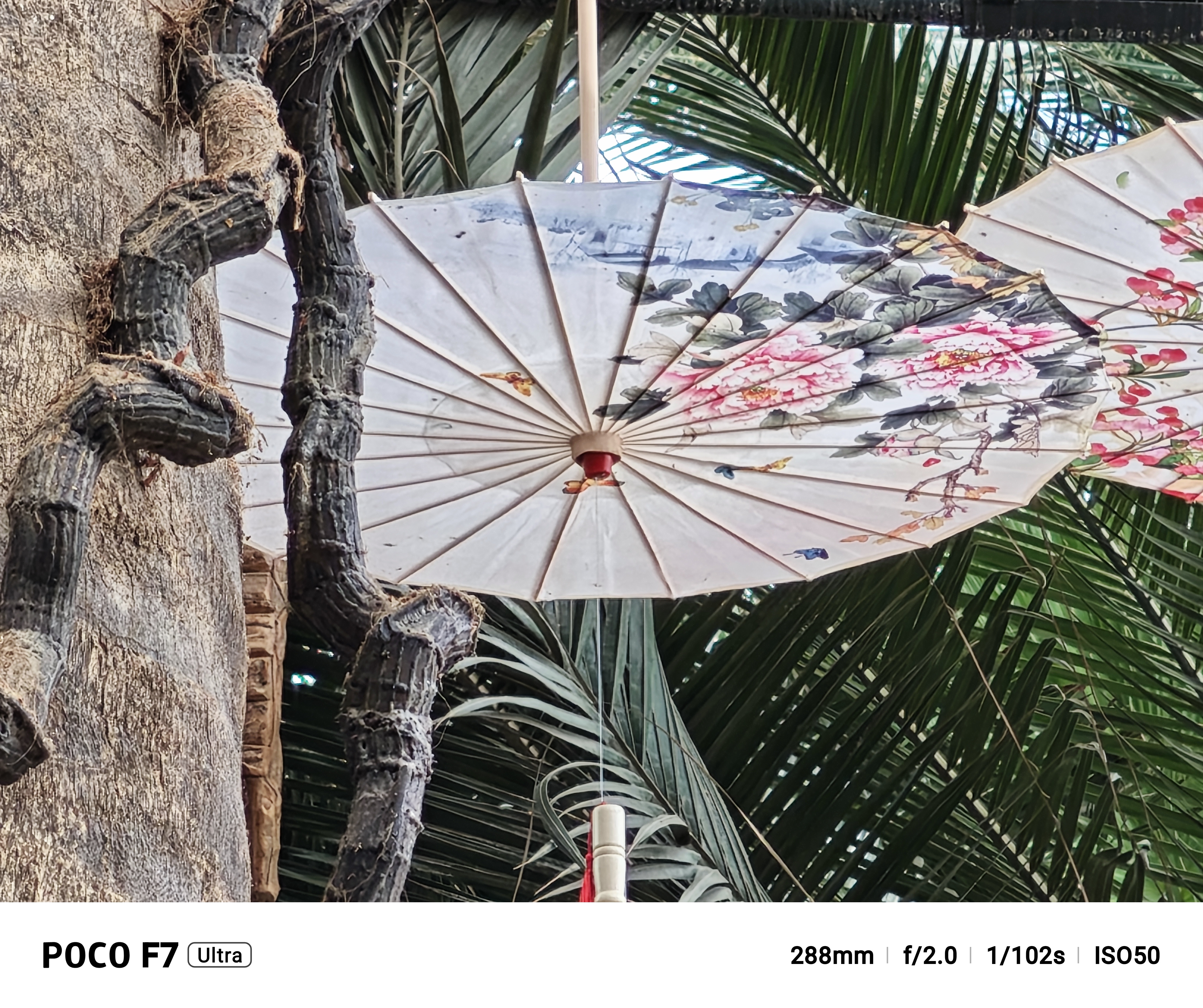
Color consistency across cameras is fair, though the telephoto camera tends to be the outlier across exposure and white balance. Typically, though, at the phone’s native focal lengths, whether shooting in daylight or at night, the F7 Ultra can capture a good shot, whichever camera you use which is impressive. Having come from the Samsung Galaxy A56 Ultra, the Poco F7 Ultra’s camera was a breath of fresh air.
One aspect Poco can struggle with is skin tones. While the selfie camera is better, the rear camera mix has a habit of deadening faces and missing out on warmth, while also overexposing shots with faces in bright environments.
Focus across the wide and telephoto cameras is mostly reliable, though small foreground objects in busy scenes can be missed. We’d go so far as to say this is the most versatile Poco camera to date; It's fantastic to see telemacro capture on the F7 Ultra. Locking on as near as 10cm, with that 60mm equivalent focal length, everything from product photography through to portraits is given a welcome bump by its versatility. While the tele setup is no periscope camera, as found on the Nothing Phone (3a), the F7 Ultra has one of the best traditional tele lenses we’ve tested.

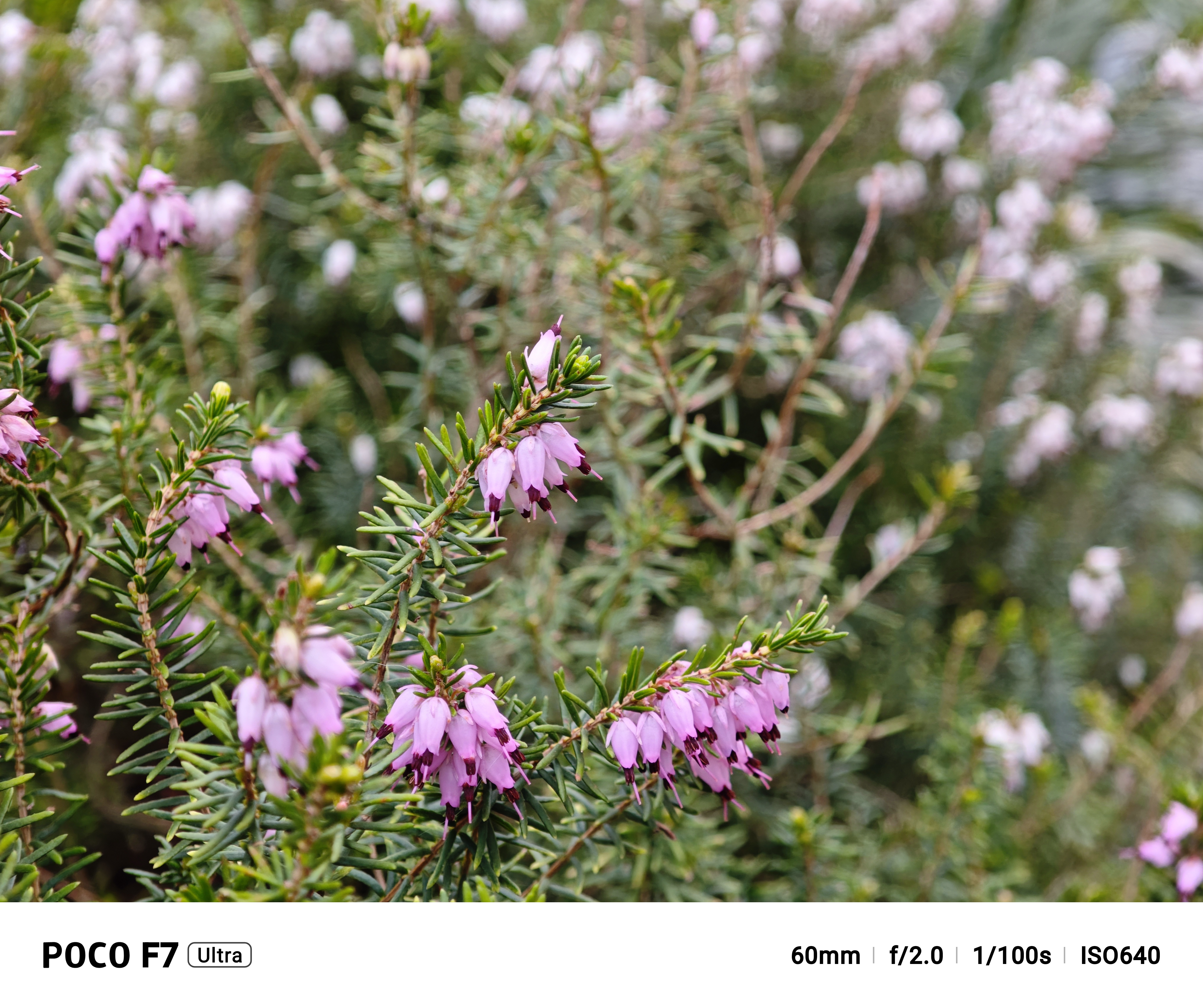
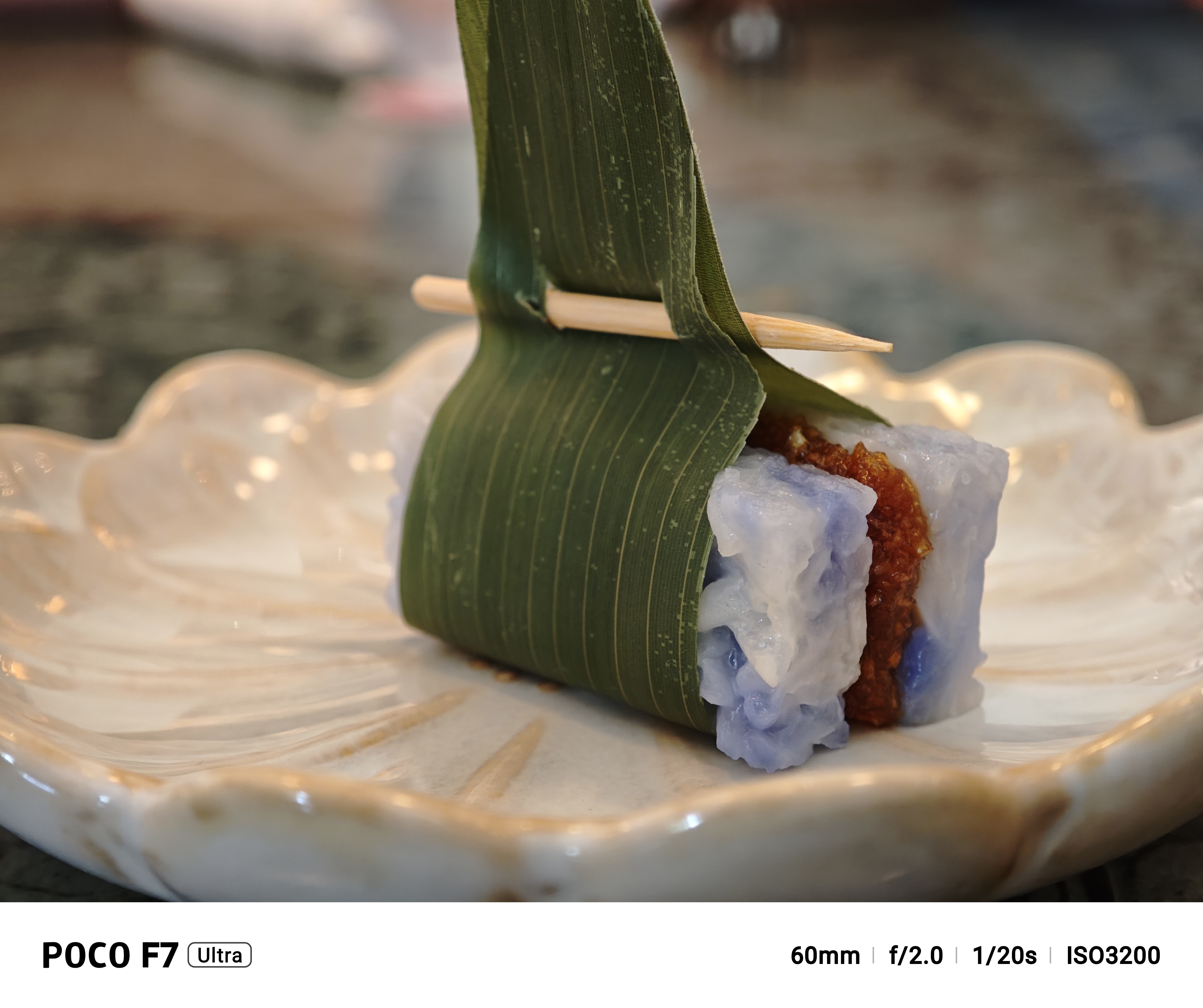
Dynamic range is typically realistic, with Poco’s latest tonal management falling somewhere between that of past Poco phones and Xiaomi’s Leica processing, at times, getting the best of both worlds with fewer blown-out highlights than some Xiaomi phones we’ve tested.
Selfies take advantage of the high-resolution sensor, pack plenty of detail, and the front camera is typically reliable across photos and videos, though if the lights are low, a steady hand is its best friend.
Rear camera video looks impressive across the primary and telephoto cameras. If you’re recording in Full HD, you can switch across the entire zoom range; however, 4K is limited to the primary and telephoto cameras, which pulls the F7 Ultra out of the flagship experience. Overall, though, thanks to the versatility of the tele camera, we’d pick the F7 Ultra over the Galaxy S25 which is something we never expected from a Poco phone.
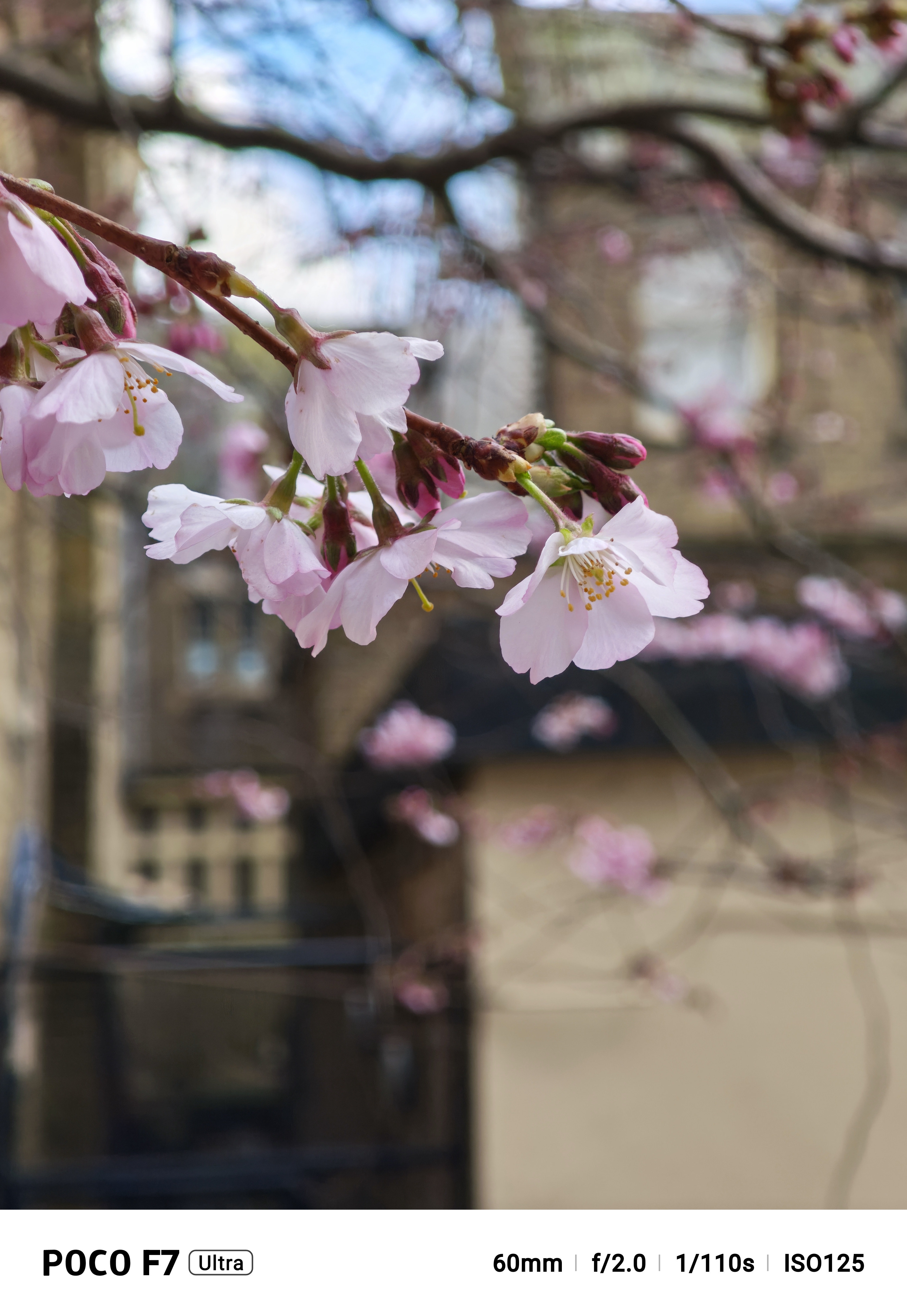
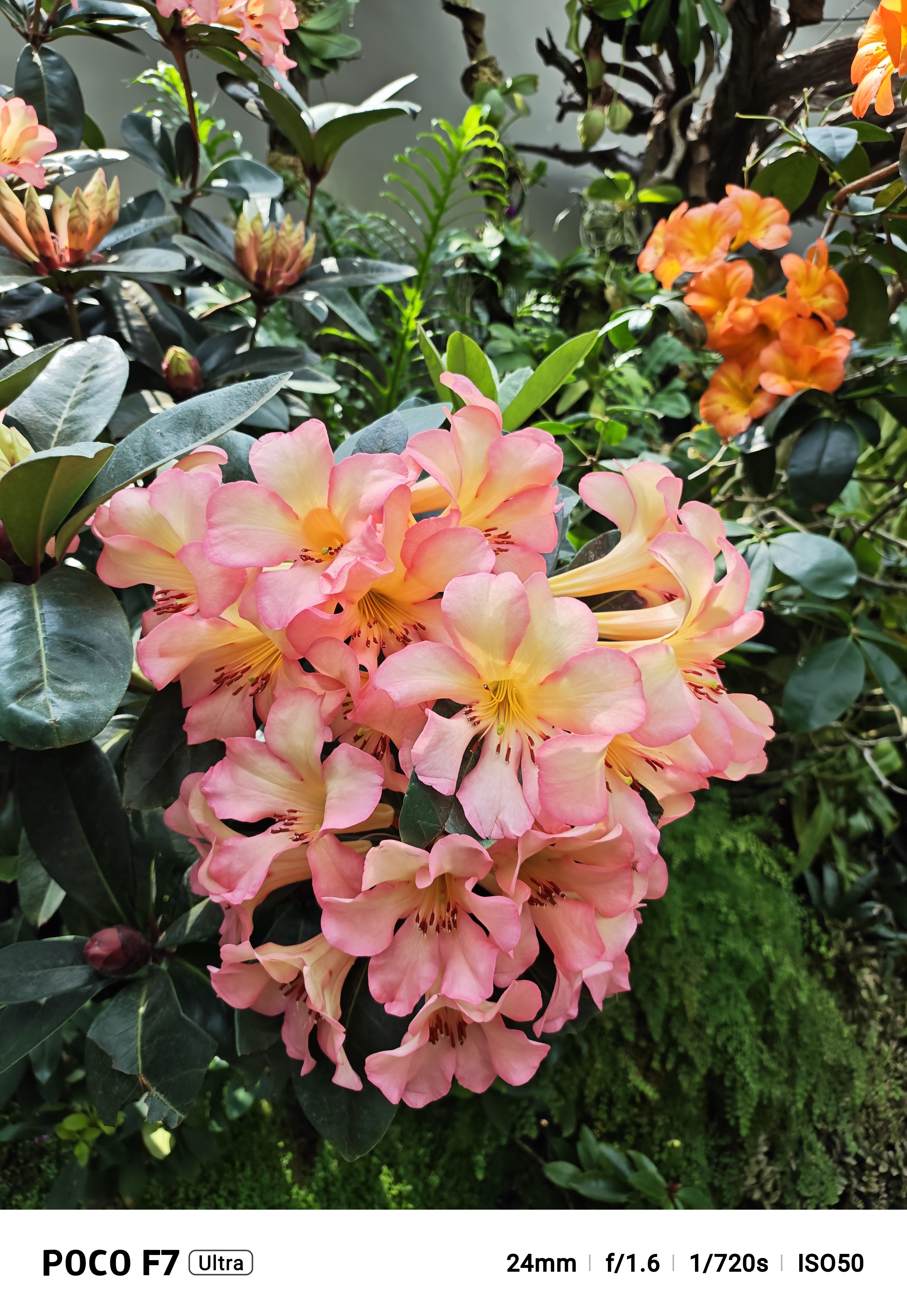








Poco F7 Ultra review: performance and battery
Running with a Qualcomm Snapdragon 8 Elite, the Poco F7 Ultra is a true flagship when it comes to power. Poco loads up the phone with fast LPDDR5X RAM and UFS 4.1 storage, rounding off a super-competitive set of power credentials. Available in two configurations, the Poco F7 Ultra has either 12GB RAM and 256GB storage, or 16GB RAM and 512 GB storage.
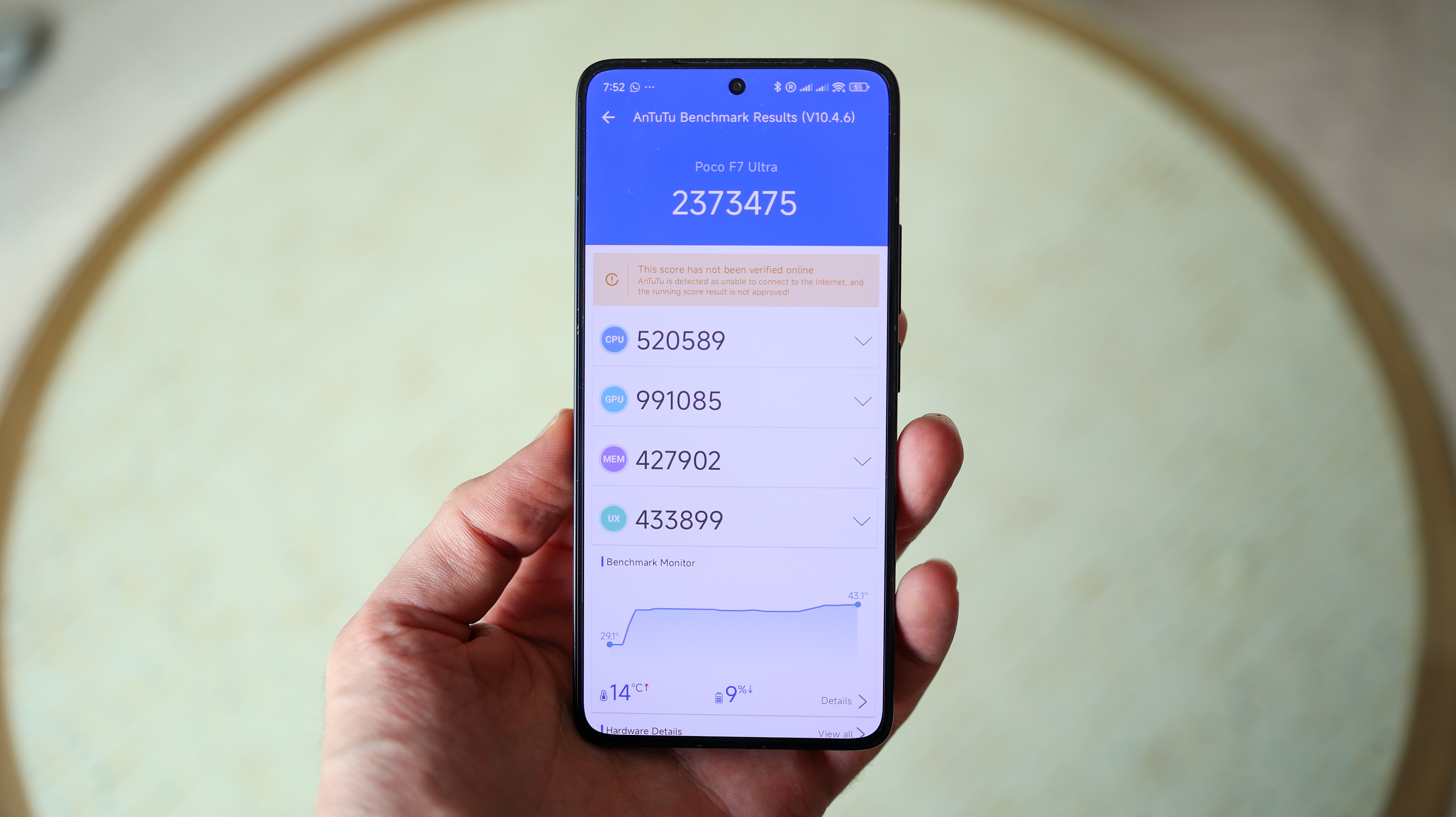
For the price, the F7 Ultra’s gaming performance is class-leading. We tested it with Genshin Impact and Wuthering Waves, two notoriously demanding titles, and the phone stayed cool and kept gameplay smooth over an hour into gaming.
The Poco F7 Ultra runs with Xiaomi HyperOS 2 out of the box, promising Xiaomi’s MacOS interconnectivity down the line and a host of AI features, from image editing tools (object removal, etc), to language support, plus Google Gemini and Circle to Search. It’s feature-rich and customisable, but as with Xiaomi phones, it’s bloated out of the gate. You have to spend a chunk of time on first setup, uninstalling pre-loaded apps, though given the hardware value for money the F7 Ultra represents, this is easier to stomach than on some other HyperOS devices like the Redmi Note 14 Pro Plus.
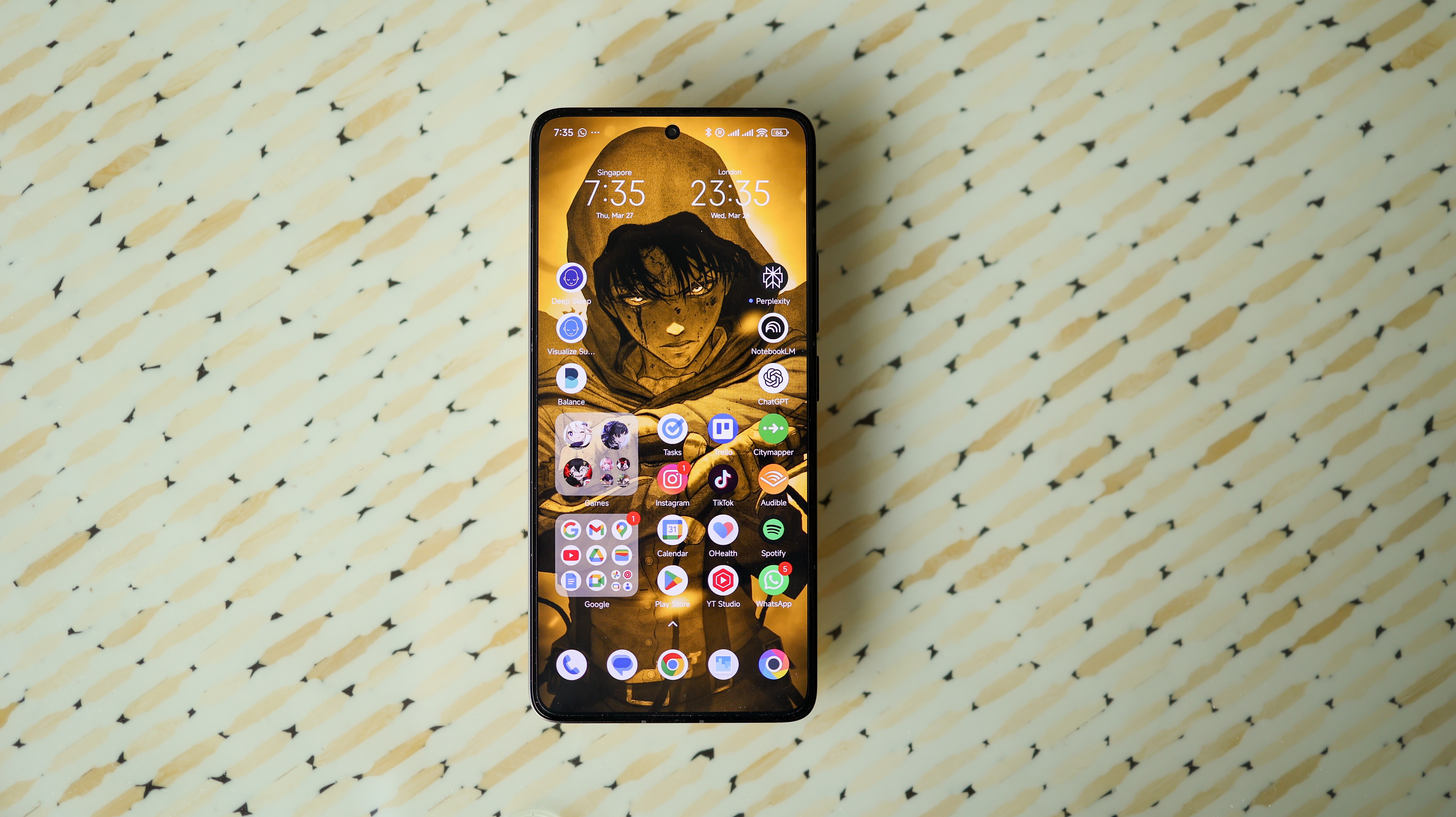
Another highlight is the ultra-sonic fingerprint scanner, a feature typically reserved for flagships, with quick digit recognition and it also works when wet. The dual speakers are a bit thinner than the Honor Magic 7 Pro and the iPhone 16 Pro, but in its price bracket, the Poco F7 Ultra sounds competitive and is a multimedia champion, rivaled by the pricier Redmagic 10 Pro and Nubia Z70 Ultra.
A frustrating omission is the lack of eSIM support. There are dual physical SIM slots so it isn’t a frequent flyer’s worst option, but anyone who values the convenience of apps like Airalo and Holafly will be better served with another phone.
Another area that isn’t quite as flagship as it could be is the battery. Don’t get us wrong, the 5300mAh cell has a higher capacity than most of the mainstream competition and comfortably makes it through a full day. However, with Poco’s X7 Pro and F7 Pro both sporting higher-capacity 6000mAh batteries, anyone who needs maximum battery life could be better served with another phone in Poco’s line-up.
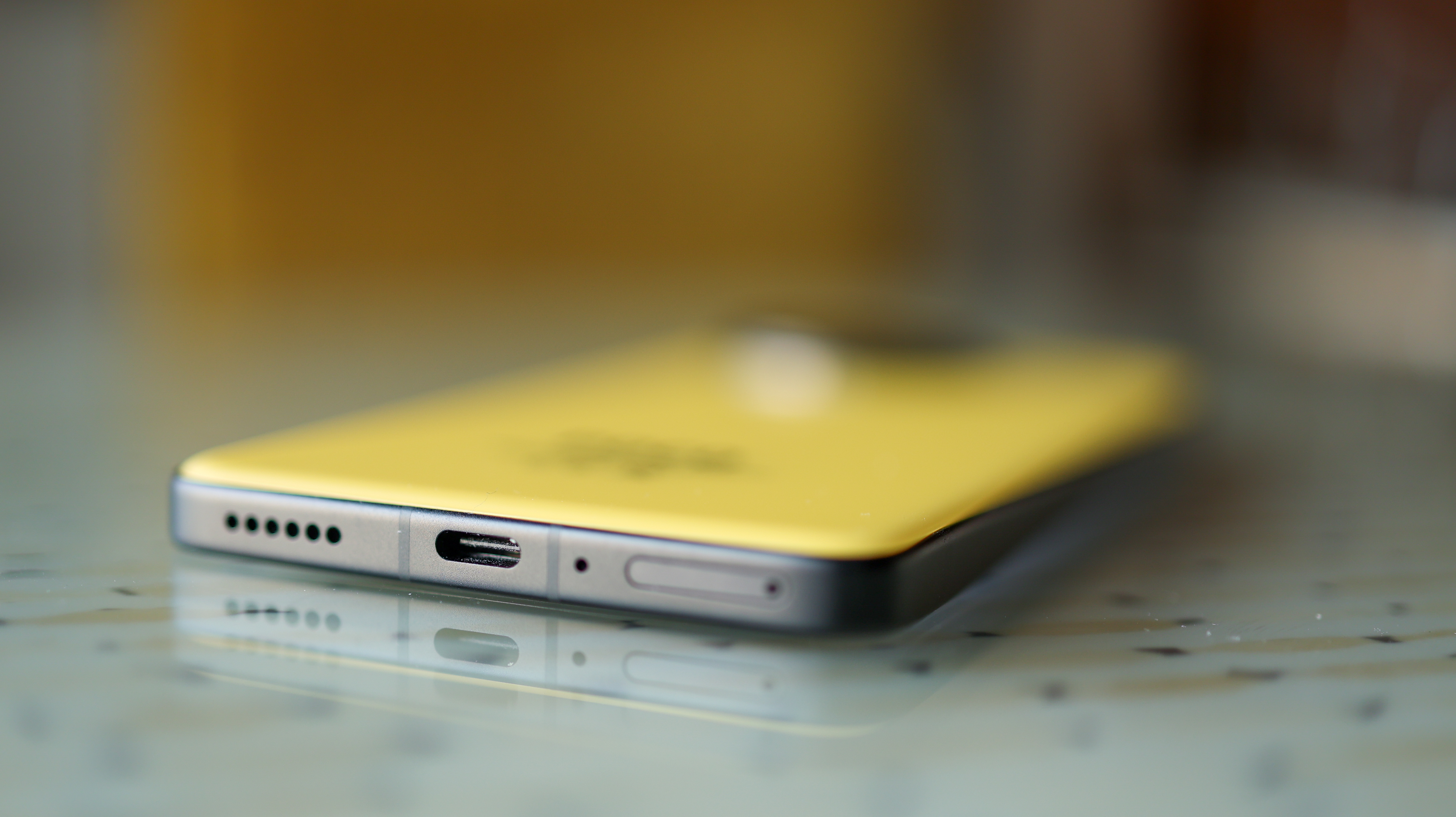
When roaming abroad, with a 7 AM start, dual SIM cards, and hours of tethering, plus photo and video capture, the Poco F7 Ultra was wobbling by 4 PM with about 15 percent left. On a typical working day, though, it comfortably left us with about 20 percent by the time we called it a night, which is as good or better than the iPhone 16, Galaxy S25 and Google Pixel 9, three alternatives.
With 120W wired HyperCharge, the F7 Ultra powers up in around 40 minutes, and with super-fast 50W wireless charging with a compatible Xiaomi charger, the F7 Ultra really starts to feel like a true flagship.
Poco F7 Ultra verdict
The Poco F7 Ultra marks a huge step for Xiaomi’s once budget brand, Poco. What makes it such a good phone is that it stays true to Poco’s roots – it’s fantastic value – and while the camera is excellent for Poco, it's just competitive in its class, though as a package, the F7 Ultra is one of the easiest phones to recommend right now.
Gamers will love the price-to-performance of the Ultra. It feels premium, has a great screen, and packs double the starting storage of the Galaxy S25, plus more RAM, not to mention plenty of software value adds too, which help offset the, at times, busy HyperOS interface.
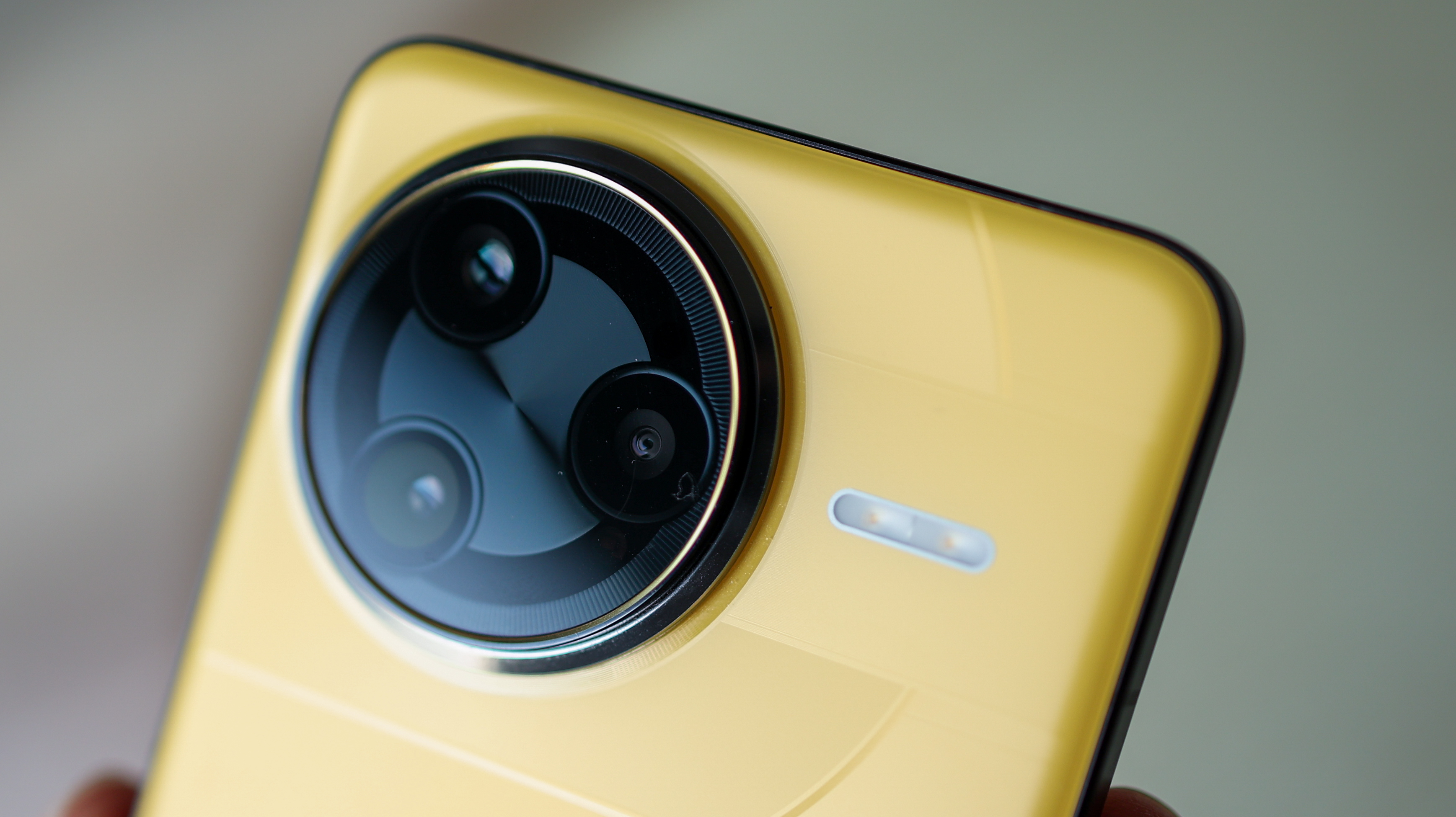
It’s also excellent to see Poco take its camera so far forward by including a versatile telephoto camera. With its 10cm nearest focus and AI-enhanced zoom, it adds plenty of versatility to the shooting experience, and the strong primary and good enough ultra-wide cameras also feed into the solid experience nicely.
There are some annoying omissions here. The phone doesn’t have an eSIM, its cameras miss out on RAW stills, and the ultra-wide can’t record 4K video. The photo processing can also be hit or miss, with the phone leaning into punchy saturation and struggling with skin tones at times.
Caveats aside, though, when you consider its price – £649/$649 for the 12GB RAM, 256GB storage model, and £699/$699 for the 16GB RAM, 512GB storage model – the Poco F7 Ultra is superb value, and a winning option for anyone thinking of a gaming phone like the Redmagic 10 Pro, and wanting superior camera performance.
So while the Poco F7 Ultra isn’t the best camera phone of 2025, for a certain kind of user looking for power, value, and a competitive and versatile camera system, it absolutely could be.
Basil Kronfli is a freelance technology journalist, consultant, and content creator. He trained in graphic design and started his career at Canon Europe before moving into journalism. Basil is also experienced in video production, independently running the YouTube channel TechEdit, and during his time at Future, he worked alongside the Digital Camera World team as a senior video producer.
You must confirm your public display name before commenting
Please logout and then login again, you will then be prompted to enter your display name.
